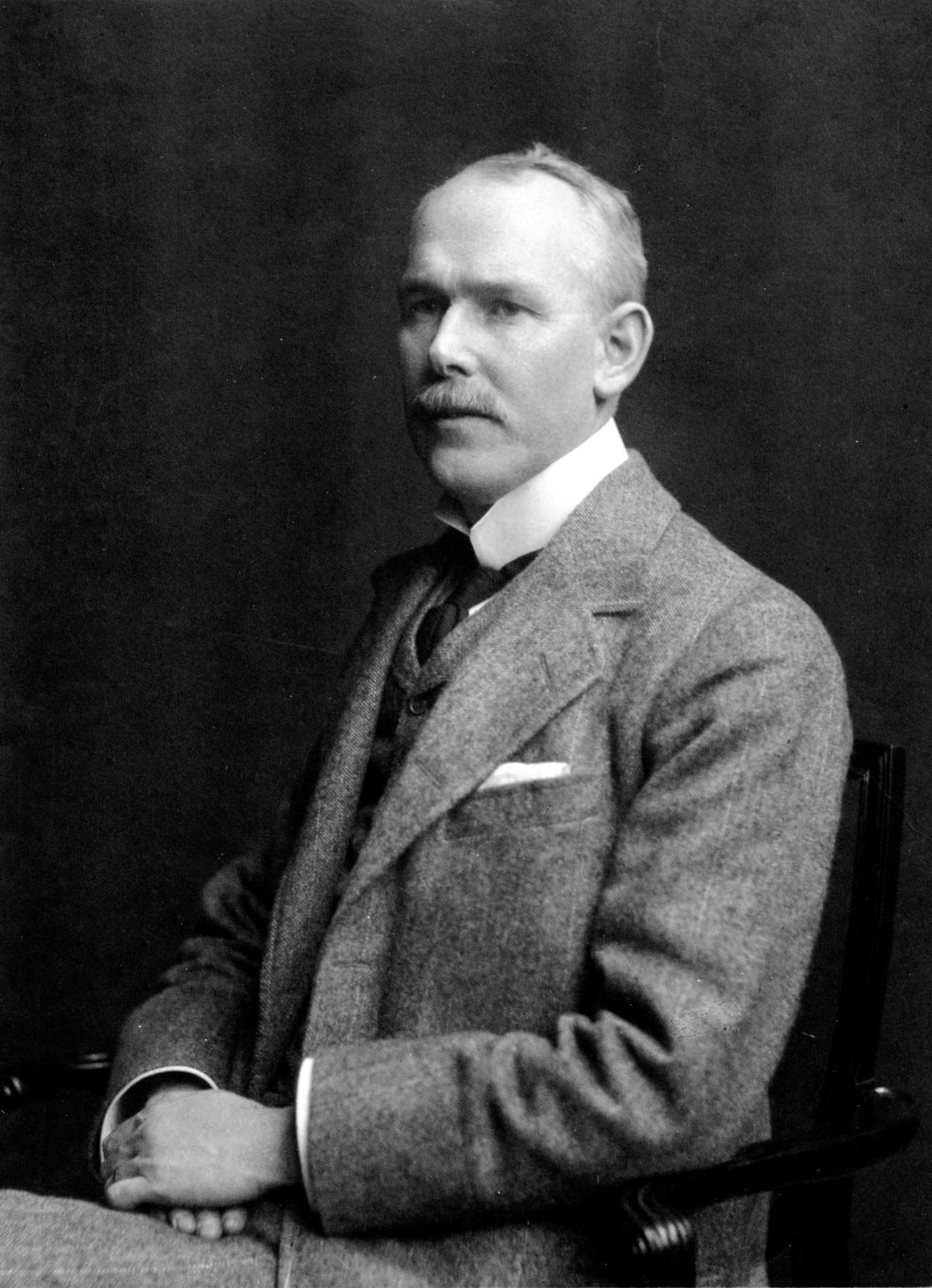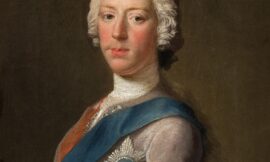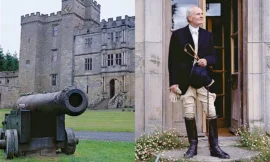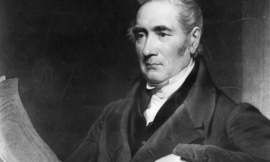Sir William Burrell (1861–1958) was a notable Scottish shipping magnate, art collector, and philanthropist. His significant contributions to the art world, particularly through his extensive and diverse collection, have left a lasting legacy, most prominently embodied in the Burrell Collection, housed in Glasgow, Scotland.
Early Life and Career
Background:
- Birth and Family: William Burrell was born on July 9, 1861, in Glasgow, into a family involved in the shipping industry. His father, George Burrell, was a shipping agent, which provided young William with an early exposure to maritime commerce.
- Education: Burrell received his education in Glasgow and later at the prestigious Fettes College in Edinburgh. His academic background laid the foundation for his later business acumen.
Shipping Magnate:
- Business Ventures: Burrell joined the family shipping business at a young age and quickly demonstrated a keen business sense. He expanded the company, Burrell & Son, significantly, focusing on ship ownership and management.
- Success: Under his leadership, the company flourished, becoming one of the most successful shipping enterprises in the UK. Burrell’s strategic vision and effective management played crucial roles in this success.
Art Collection
Origins of the Collection:
- Interest in Art: Burrell developed an interest in art from a young age. His burgeoning wealth from the shipping business allowed him to indulge in this passion, and he began collecting art in earnest in the late 19th century.
- Range and Diversity: His collection grew to encompass over 8,000 pieces, including paintings, sculptures, tapestries, furniture, ceramics, and stained glass. Burrell’s interests were wide-ranging, covering European, Asian, and Islamic art.
Significant Acquisitions:
- European Masters: The collection includes works by renowned artists such as Rembrandt, Degas, and Cézanne. Burrell had a particular affinity for 19th-century French art, acquiring notable pieces by artists like Manet and Renoir.
- Medieval Art: Burrell also had a deep appreciation for medieval art, amassing a significant collection of tapestries, stained glass, and artifacts from the period.
- Asian Art: His collection features a substantial number of Chinese and Islamic art pieces, reflecting his diverse tastes and the global nature of his interests.
Philanthropy and Legacy
Donation to Glasgow:
- Generous Gift: In 1944, Burrell made an extraordinary donation of his entire collection to the city of Glasgow, stipulating that it should be housed in a suitable location that would protect the artworks from the city’s industrial pollution.
- The Burrell Collection: The collection was initially housed in a temporary location until a suitable permanent home could be found. After years of planning, the Burrell Collection museum was opened in Pollok Country Park in 1983. The building itself was designed to harmonize with the park’s natural beauty and to meet Burrell’s stipulations for the display and preservation of his collection.
Recognition and Honors:
- Knighted: For his services to art and his generous philanthropy, Burrell was knighted in 1927, becoming Sir William Burrell.
- Continued Influence: The Burrell Collection has become one of Glasgow’s premier cultural attractions, drawing visitors from around the world and contributing to the city’s reputation as a center of art and culture.
The Burrell Collection Museum
Architecture and Design:
- Pollok Country Park: The museum is situated in the scenic Pollok Country Park, offering a tranquil setting that complements the diverse art collection.
- Modern Design: Designed by architects Barry Gasson, Brit Andresen, and John Meunier, the building features large windows that allow natural light to illuminate the exhibits while providing views of the surrounding park.
Exhibition and Preservation:
- Display Techniques: The museum uses modern display techniques to showcase the collection, ensuring that each piece can be appreciated in a context that reflects its historical and artistic significance.
- Conservation: The facility includes state-of-the-art conservation areas to preserve and maintain the integrity of the artworks.
Conclusion
Sir William Burrell’s legacy is a testament to his passion for art and his commitment to sharing it with the public. His vast and varied collection provides invaluable insights into different cultures and periods, reflecting his eclectic tastes and keen eye for quality. The Burrell Collection remains a lasting tribute to his vision, generosity, and dedication to the arts. Through this remarkable legacy, Burrell has enriched the cultural fabric of Glasgow and provided a world-class resource for art enthusiasts, scholars, and the general public.



